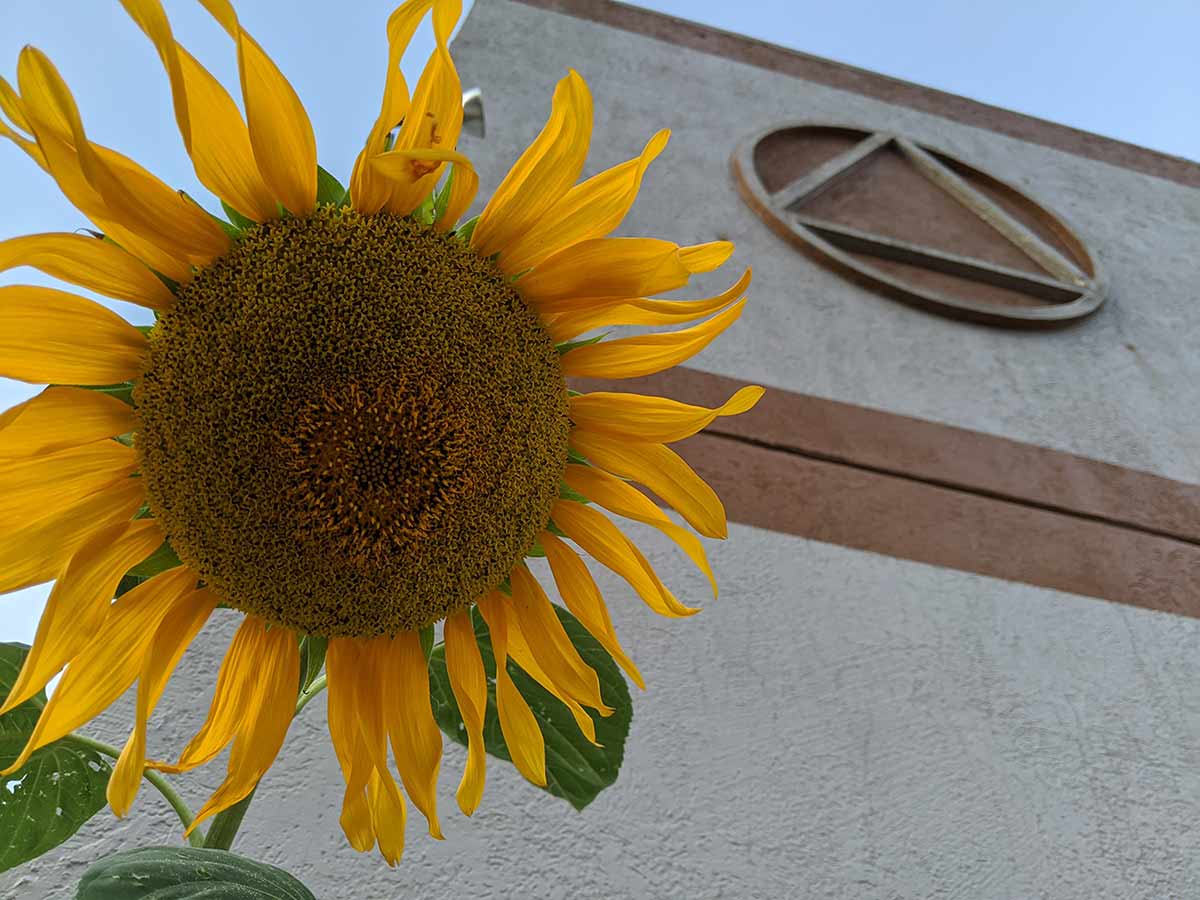
The Downtown Alano Society of St. Paul, commonly referred to as the ‘Downtown Club’ is one of the nation’s first clubs dedicated to the recovery of individuals from alcoholism.
An unimpressive one-story building faced with red brick and redwood at 520 N. Robert Street has long been the hub of Alcoholics Anonymous activity in the eastern Twin Cities area.
The 79 year old Downtown St Paul Alano is the second oldest club in Minnesota, It was founded in 1945 when an AA group that had been meeting at the YMCA rented it’s first headquarters in a building on Cedar Street between Fourth and Fifth streets.
Ten years later, the downtown Alano also bought the first clubhouse at 150 West Forth Street, now part of the RiverCentre. In 1970 the group sold that building and brought it’s present headquarters at 10th and Robert Streets.
The history of AA in the Twin Cities began in November. 1940. Ten years after the meeting with Bill Wilson and Dr. Bob Smith in Akron Ohio, two AA members from Chicago visited B. Patrick Cronin, a Minneapolis Man who wrote AA in New York City to ask for help.
Cronin organized the first Minneapolis AA group, which bought a house at 2218 First Ave So. in 1942. It became the first AA Club in Minnesota and is still the group’s headquarters.
Cronin attended the first AA meeting in St.Paul on May 6th, 1941, in an old home and helped the city start it’s own club.
The Downtown Club is a refuge for alcoholics who want to socialize or find support when their recovery is shakey.
Minnesota’s second oldest AA group is struggling to survive.
Recovering alcoholics now have many choices, in the St. Paul and Suburban areas in AA meetings in churches and other meeting places.
People often attend meetings near their own homes. As the suburbs grew, many peoplewith high incomes chose to live and attend meetings in their own communities. Meanwhile poverty grew within the central cores of the cities, and more people with limited means came to the Downtown Club.
The number of dues-paying members of Alano, has declined about 80% .From 450 in 1970 to fewer than 100 today.